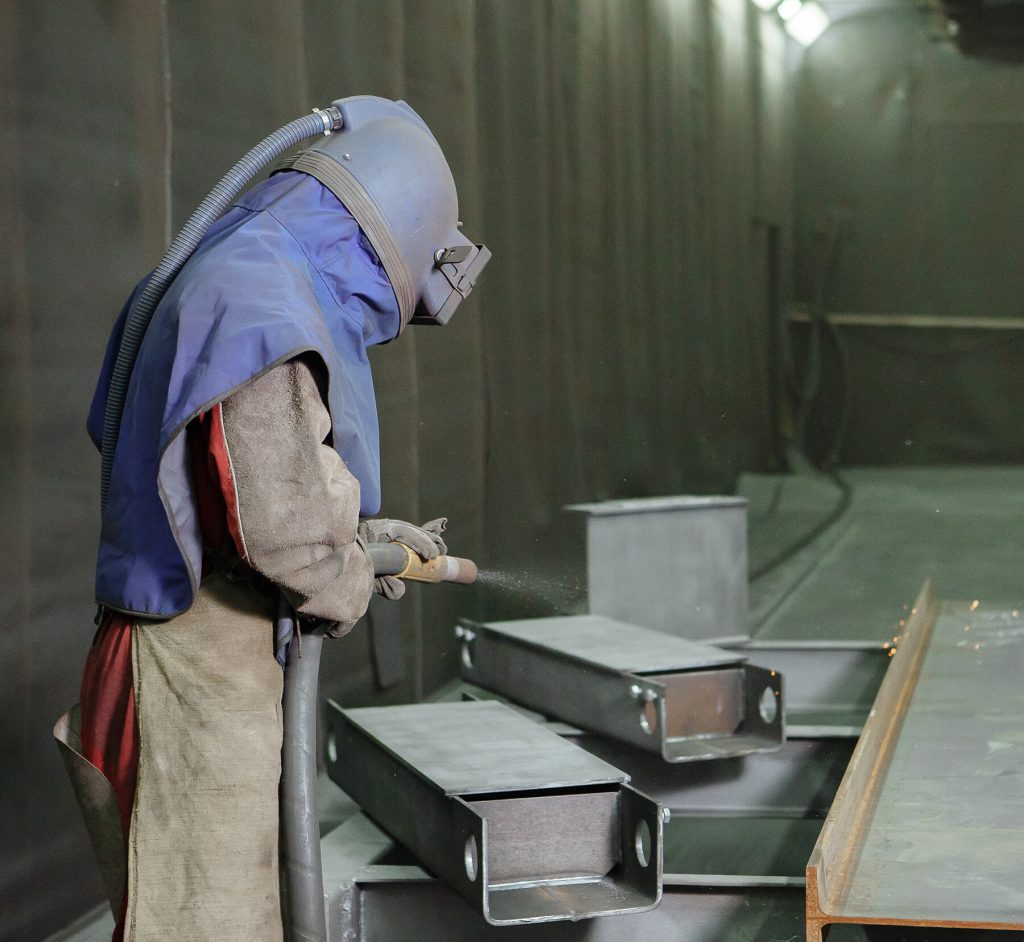When it comes to surface decoration and material engraving, few methods offer the level of control, depth, and artistry that sandblasting provides. From detailed signage to glass etching and stone engraving, sandblast stencils have become the foundation of precision in modern craftsmanship. These specialized masking materials guide the blasting process, allowing professionals and artists to achieve crisp, clean, and repeatable results — every single time.
What Are Sandblast Stencils?
A sandblast stencil is a specially designed masking material used to protect certain areas of a surface during sandblasting. Typically made from durable rubber, vinyl, or other blast-resistant materials, these stencils allow the abrasive particles to strike only the exposed sections. The result is a controlled etching or engraving effect that brings designs, text, and patterns to life on materials like glass, metal, wood, or stone.
Unlike traditional hand engraving, which depends heavily on manual skill, sandblast stencils ensure uniformity and precision. They provide an exact template for even the most complex designs, making them essential tools in industries that demand both beauty and accuracy.
The Power of Precision
The success of any sandblasting project lies in precision. A slight inconsistency can affect the overall look and quality of the finished design. This is where sandblast stencils shine — they eliminate guesswork and ensure every curve, edge, and detail is perfectly replicated.
High-quality stencils are engineered to adhere tightly to the surface, preventing any abrasive material from seeping underneath. This secure adhesion maintains clean lines and sharp details, even under high-pressure blasting. Whether it’s a small logo on glass or an intricate memorial stone engraving, the stencil defines the boundaries of perfection.
Materials That Make the Difference
Not all stencils are created equal. The type of sandblast stencil used depends on the surface and the desired effect. Common materials include:
1. Rubber Stencils
Rubber is one of the most widely used materials for stencils due to its resilience. It can withstand the force of abrasive blasting while maintaining flexibility. Rubber stencils are ideal for stone, concrete, and wood surfaces where deep engraving is required.
2. Vinyl Stencils
Vinyl stencils offer excellent adhesion and are preferred for smooth surfaces like glass and metal. They’re perfect for light etching and decorative work that demands fine detail.
3. Photo-Resist Film Stencils
Used for highly detailed or photographic designs, photo-resist stencils are created through a UV exposure process. They allow incredibly intricate artwork to be transferred to various materials with unmatched accuracy.
Each material has its strengths, and choosing the right one can make a dramatic difference in the final outcome.
The Role of Sandblast Stencils in Modern Design
Sandblast stencils have moved beyond industrial use and found their place in art, architecture, and branding. They are now a staple in decorative design, signage creation, and even interior applications.
In Architecture: Concrete panels, tiles, and stone facades can be etched with stencils to create customized textures or patterns. This adds depth and character to modern buildings while maintaining durability.
In Signage and Memorials: Stencils allow clean lettering and logos on granite, marble, and wood — a standard in monument engraving and professional signage.
In Art and Decor: From frosted glass windows to personalized trophies and mirrors, stencils make it easy to achieve elegant, repeatable designs with a professional finish.
Advantages of Using Sandblast Stencils
1. Superior Accuracy
Every detail, from fine lines to bold patterns, is reproduced with clarity and consistency.
2. Time and Cost Efficiency
Stencils simplify the etching process, reducing manual effort and minimizing the risk of errors or rework.
3. Versatility Across Materials
Sandblast stencils can be applied to glass, metal, stone, wood, and concrete — making them suitable for a wide range of creative and industrial applications.
4. Professional and Durable Results
When combined with quality blasting techniques, stencils deliver a finish that is long-lasting, clean, and visually striking.
Choosing the Right Sandblast Stencil
Selecting the right stencil depends on the project’s requirements — including surface type, blasting depth, and design complexity. For example, deep stone engraving may require a thick rubber stencil, while glass etching benefits from thinner vinyl films. Adhesion strength, flexibility, and blast resistance are all critical factors to consider when choosing a stencil.
Professional-grade stencils are typically pre-cut using laser or plotter technology, ensuring precision alignment and smooth application. For businesses or workshops handling repetitive designs, custom-cut stencils can save time and deliver consistent branding results.
Final Thoughts
Sandblast stencils are far more than masking materials — they are the blueprint of precision and artistry in surface etching. By combining durability with design flexibility, these stencils empower creators to bring intricate visions to life on even the toughest materials.
